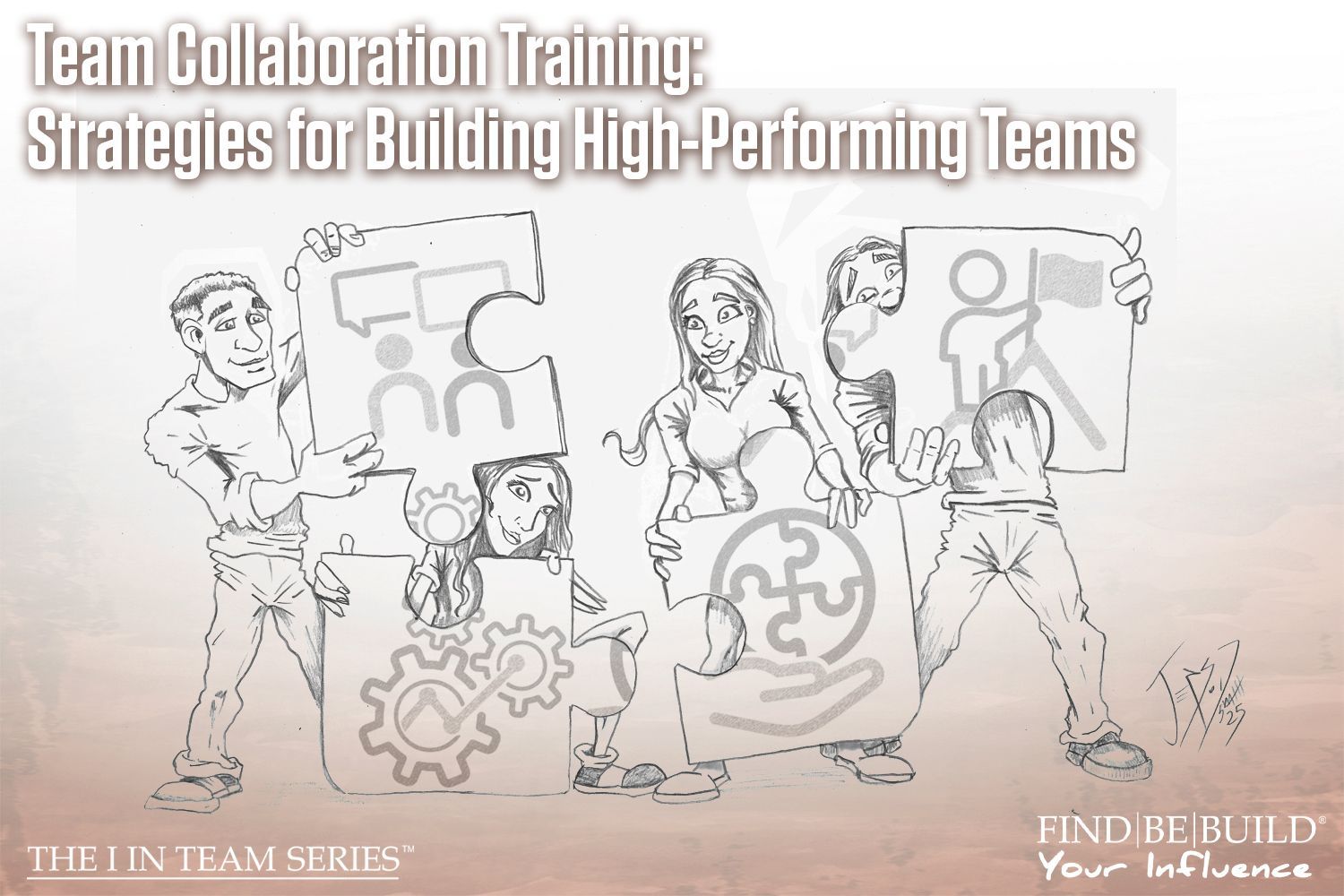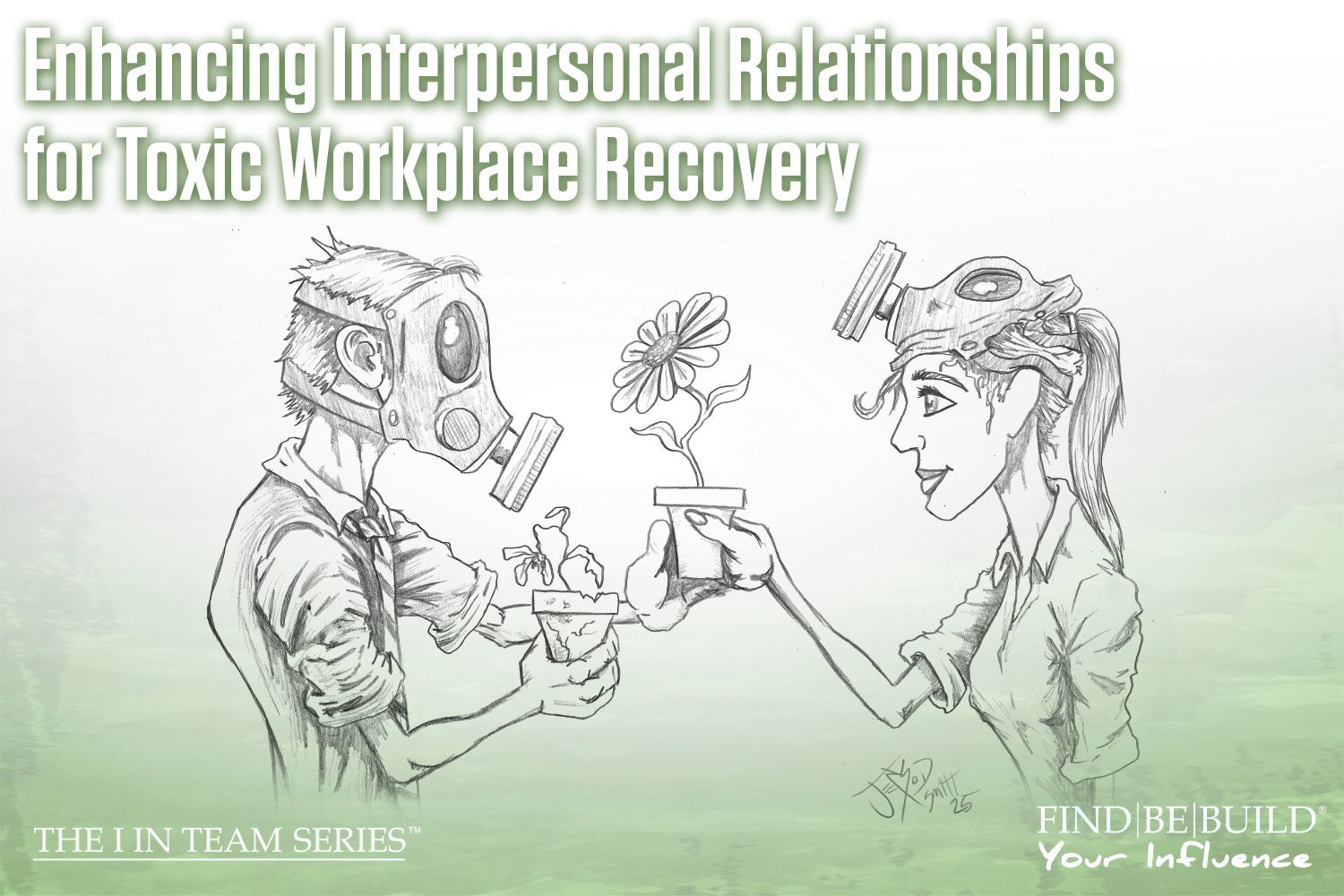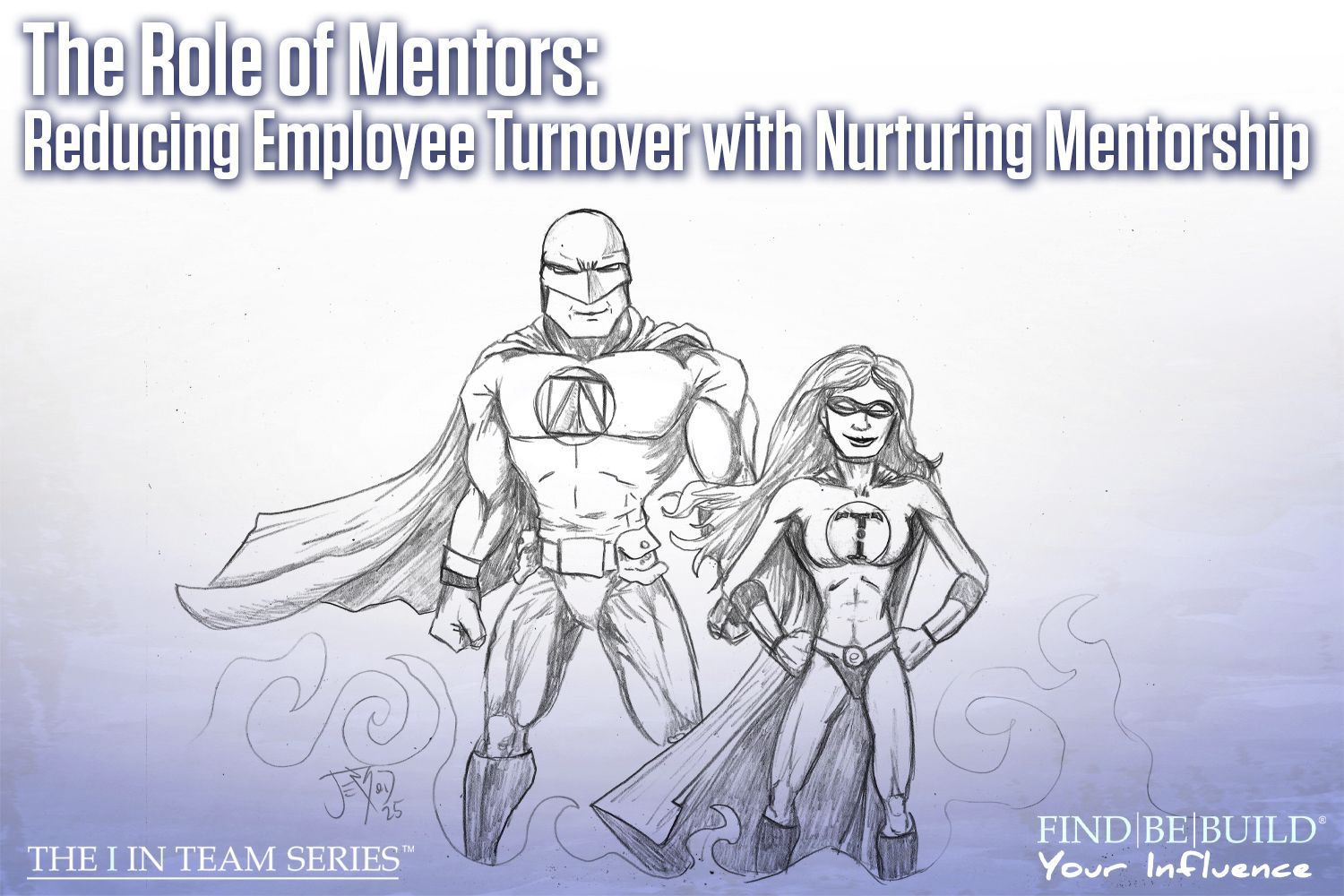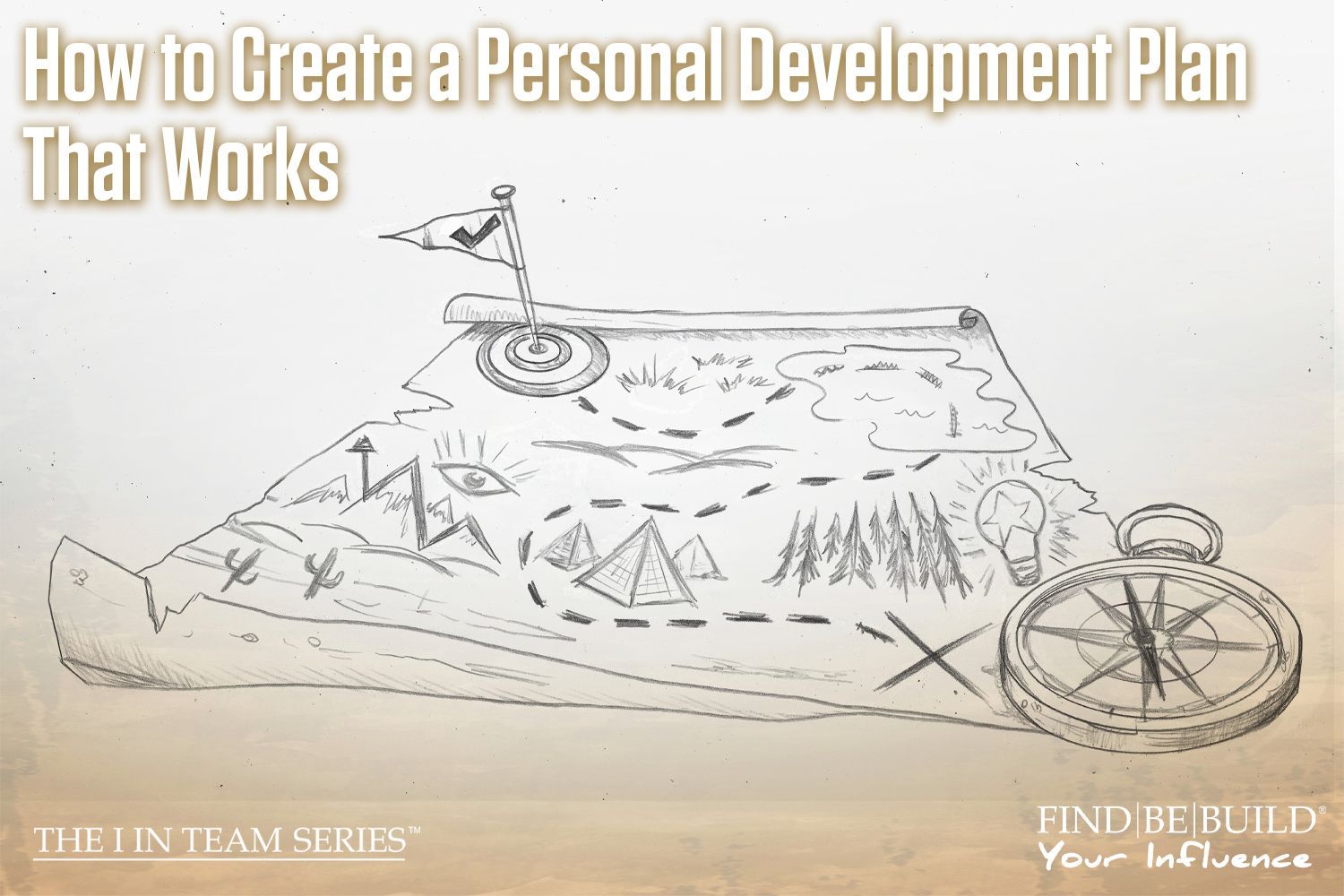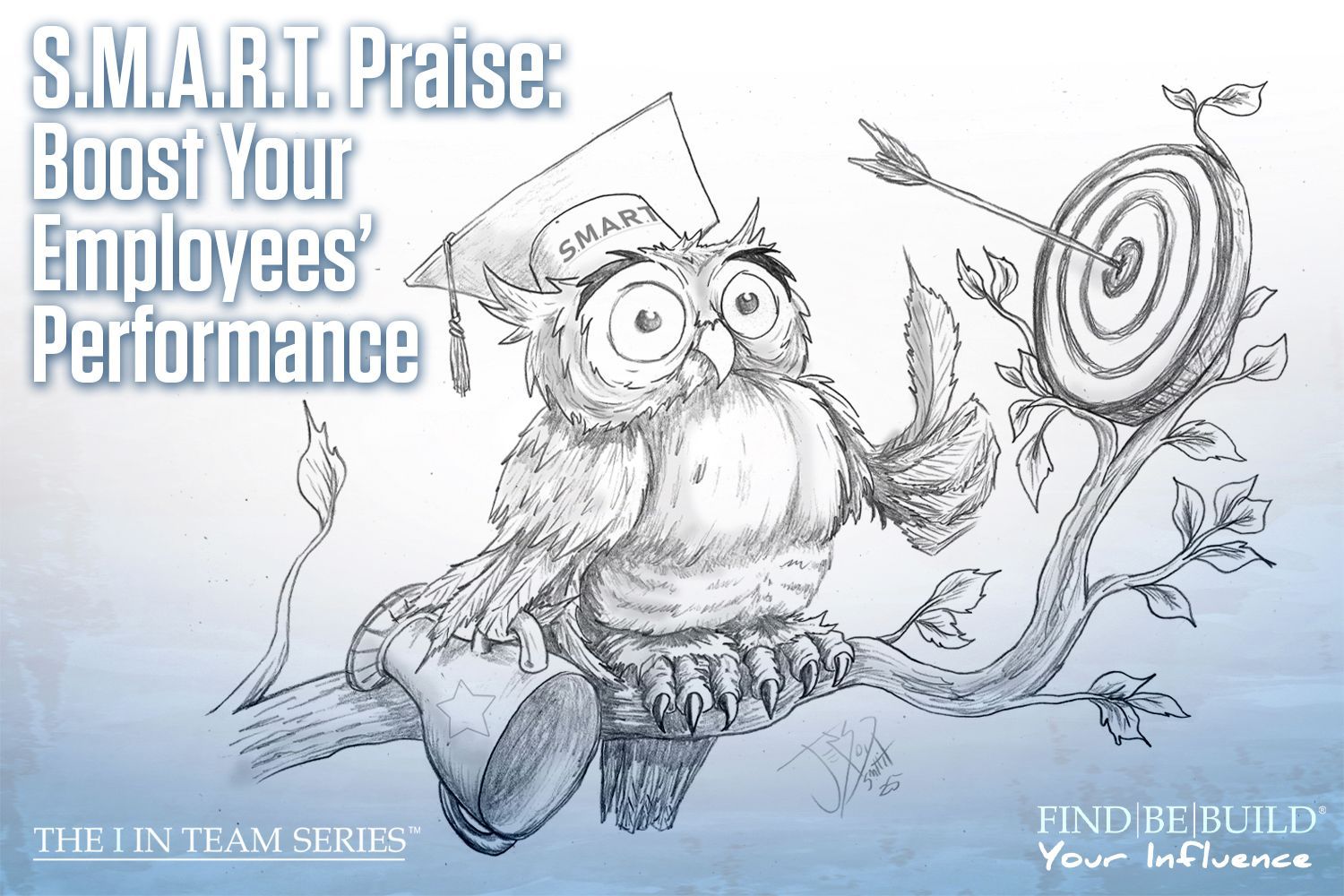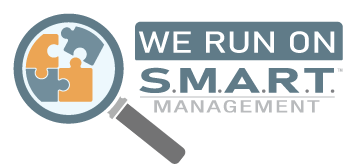What are fractional executive solutions?

Fractional executive consulting
Written by: Mary Smith
In the business world, fractional executive solutions have been trending for quite some time. You may have seen it by some of its other names: fractional C-suite, fractional business solutions, fractional services, and more. Even though it’s consulting’s latest buzzword, we have offered this service for 24 years, calling it “On-Your-Shoulder Executive Support.” People who are skilled in one area may even market themselves as being a fractional CFO or perhaps a fractional CMO. These all mean the same thing and we are going to dissect what they can do for your business.
Fractional Solutions (The Definition)
Fractional : using something a fraction of the time instead of full time.
Herein is where the definition of these services lies. Fractional executive solutions are when you hire an outsourced team member to help fill the gaps in your business. Especially in small business, when you can’t afford to hire another full-time employee, fractional solutions are extremely beneficial. You can hire someone to be there when you need them, meaning you only pay them for the time they spend working with you. You dictate when that is and for how long.
Fractional solutions help businesses get and stay ahead. Not every business owner is equipped to handle accounting, HR, technology, and marketing all at the same time—not to mention, still running the business and focusing on customers/clients. Being a small business owner does mean you have to wear a lot of hats, but you don’t have to do it alone! It’s exhausting to try to juggle all these things and all businesses need a little help. By having the opportunity to hire someone on your time to work on just the things you need help with, it opens your ability to work on your needs for your business.
IA Business Advisors Can Help
IA Business Advisors have extensive experience offering fractional business solutions; this is a service we have offered since 1996. Our team can be there to provide support, validation, or be a sounding board to questions that arise during the process of making high-level executive decisions. You get our entire team at your convenience; paying only for the time we work with you, when you need us.
When you’re faced with a problem, our team can help you come up with a solution, make a decision, brainstorm ideas, research, and whatever else you and your team need. We have mastered several job titles as business consultants, including but not limited to: CEO, COO, CFO, CMO, and CIO. We fill in the cracks of your business so you can keep operating smoothly. This gives us the opportunity to do what we do best: Influence.
Our team can influence your team as we work together to keep your business up and running. We are positive, educated, and capable individuals with a passion for seeing businesses succeed. After all, businesses are the life blood of our entire country. Allow us to become a vital member of your team to lead and steer your company towards goals and objectives. Our fractional executive services give you the opportunity to move your company forward without depleting your funds. Hiring our team to fill in the gaps is financially cheaper than hiring a full-time employee, without sacrificing quality, drive, and passion. Contact us today to learn more about this service!
© Individual Advantages, LLC 2020 February 17
The post What are fractional executive solutions? appeared first on IA Business Advisors.
